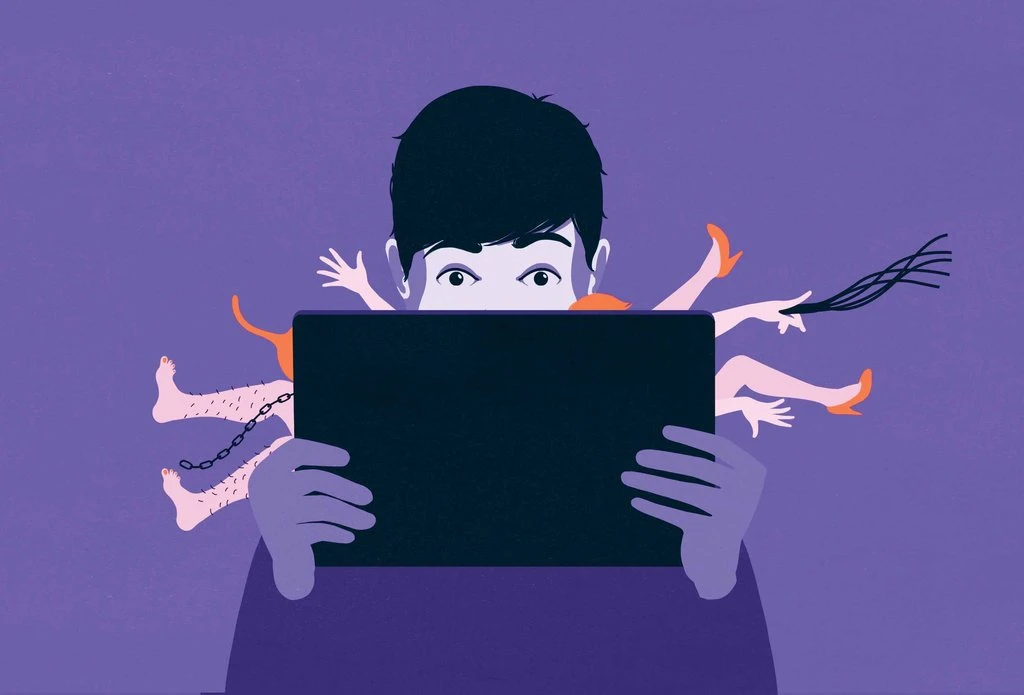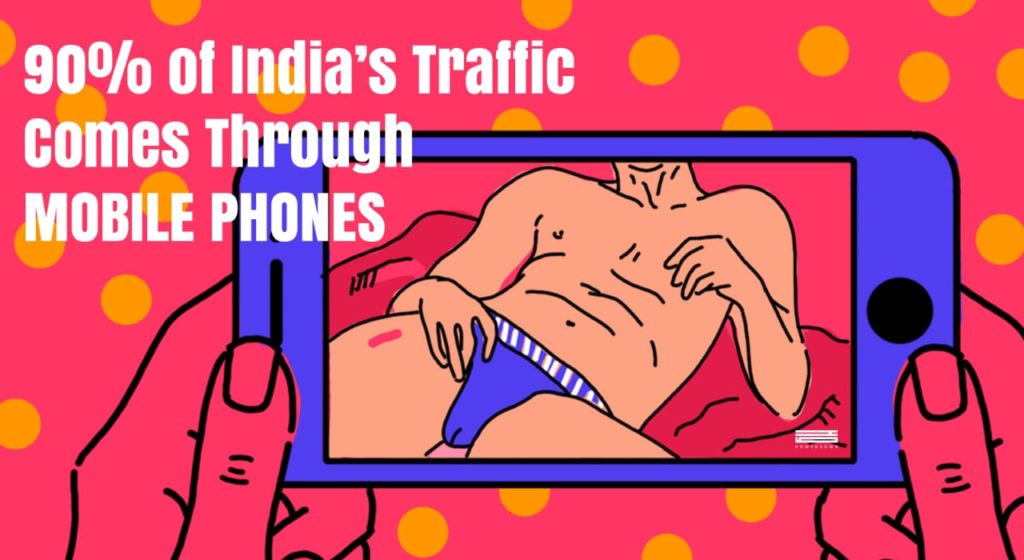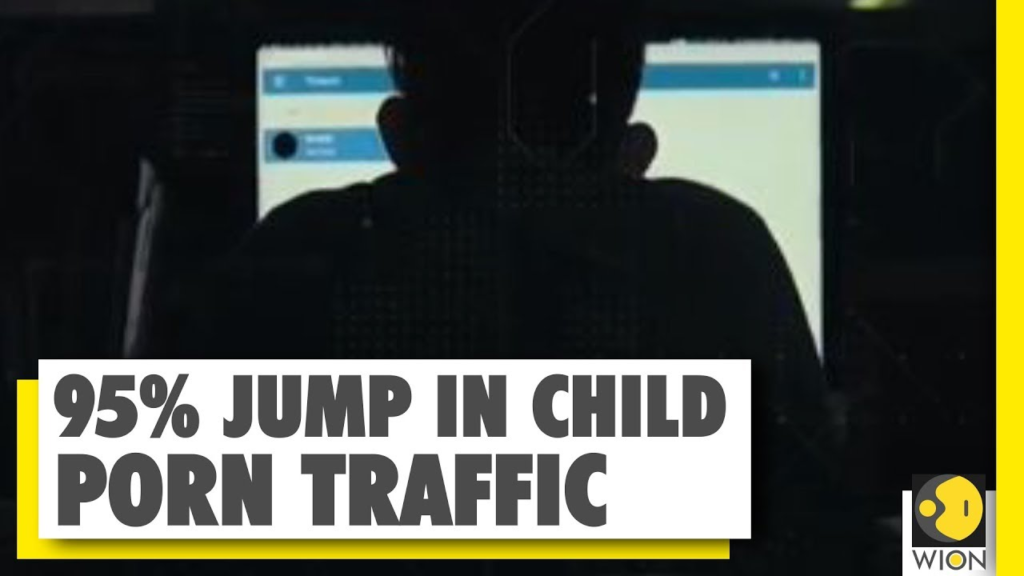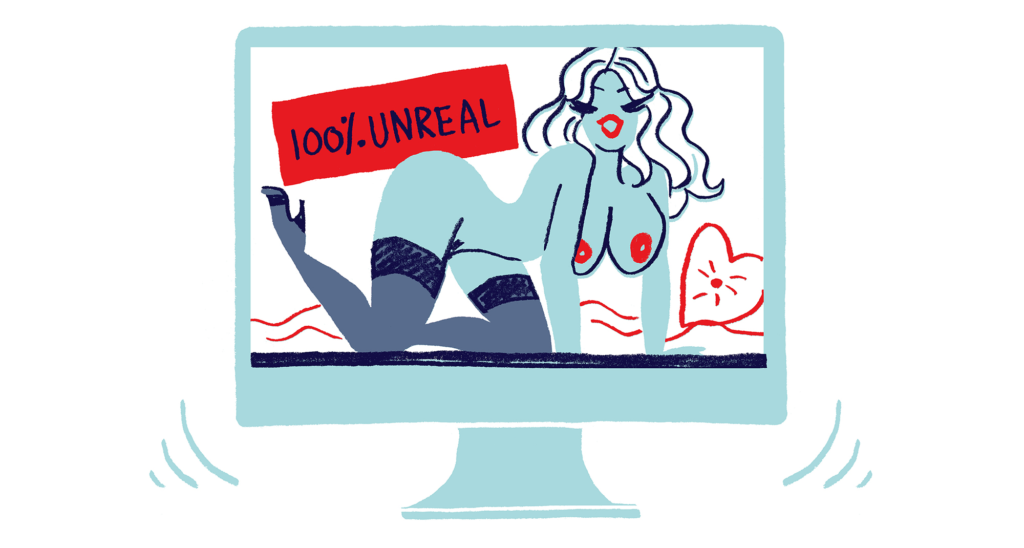Porn Ban in India
By – Tanisha Saxena
When and why was a porn ban levied?
The Indian government has been actively banning porn sites since 2015. The ban was first put in place after several reports highlighted child porn usage and cyber-crime across various streaming platforms. Nearly 900 websites were added to the blocked list but after receiving criticism from several authorities, the govt partially rescinded the ban.
Sites that did not promote child pornography were unbanned. The move from the government came after a lawyer had filed a PIL(Public Interest Litigation) in Supreme Court arguing that “most of the offences committed against women are fuelled by pornography”
There is, however, almost no evidence to back this allegation up. Most studies suggest an inverted relationship between the spread of porn and the incidence of rape. In simpler terms, more porn has led to fewer sexual crimes.
In 2018, the government once again directed the ISPs(Internet Service Providers) to ban 827 websites following an order by the Uttarakhand High Court. The court asked the Centre to ban such sites citing an incident from Dehradun, where a 10th standard girl was raped by four of her seniors who later confessed that watching porn played a major role in their actions. However, it’s outrightly impossible to prevent the world’s 3rd largest porn consumer to take a permanent break.

But what is porn and how has it been banned?
Pornography, or at least the publishing and broadcasting of obscene information, is illegal in India. Section 67 of the Information Technology Act actually defines this as “material which is lascivious or appeals to the prurient interest or if its effect is such as to tend to deprave and corrupt person”, with offenders liable to a prison sentence of up to five years.
Bans are notified under Section 79(3)(b) of the Information Technology Act, 2000, which allows the government intermediaries to remove unlawful content from their websites.
The Government of India, in the past, has relied on the grounds mentioned in article 19(2) of the Constitution of India, such as decency and morality, to restrict pornographic content” explains Yashasvini, a final year law student.
(For more on this, read Ranjit Udeshi v. State of Bombay https://globalfreedomofexpression.columbia.edu/cases/ranjit-d-udeshi-v-maharashtra/ , where the Supreme Court adopted the Hicklin Test from British Jurisprudence, which is a test to determine what is obscene)

Has it been effective?
Ever since the ban, porn sites as well as Indian consumers have been looking for ways to circumvent the ban. Luckily for them, they do not have to look too far. Pornhub, one of the biggest adult websites, keeps updating working links on their Twitter handles while several other pages are still functional. The use of VPNs (Virtual Private Network), proxy sites and even some browsers are some of the various means that users resort to. If one prefers the offline route, Porn DVD’s are still readily accessible and can be bought in India for a sum as meagre as Rs 30.
Despite the ban, India led in porn consumption on smartphones in 2019. This rise is due to cheaper data plans and mobiles that have made Internet surfing easy for over 450 million users in India.

Due to the pandemic and restrictions on stepping out, most of the world saw a spike in porn consumption. India topped the charts here too and reported a whopping 95 per cent rise in traffic to adult sites during the three-week lockdown levied nationwide in March.
The report by Pornhub also showed that of the total traffic on their site from India, 30 percent of them were women.
Niyatii N Shah, a sex-ed counsellor and author argues that the restriction has served no purpose.
“Child sexual abuse and child porn consumption have risen over the last 5 months tremendously. TV shows and web series have become bolder in showing content that shouldn’t be on mainstream platforms and neither the censor board nor the government are doing much about it.”

Why did it have to reach a ban?
A prominent Instagram Activist(@badassbrownactvitist) believes that “Indian society has always been regressive when it comes to the topics like sex and pornography and the current government has doubled down on this regressive attitude even more. Moral policing is a part of the right-wing ideology, which seeks to suppress sexuality.
While it is certainly plausible that pornography may be indirectly contributing to sexual assault since it often depicts violent, degrading behaviour towards women, it is simply ludicrous to squarely lay the entire blame for high sexual assault numbers on pornography alone.
High statistics of sexual assault are a result of various factors such as a patriarchal culture and a lack of comprehensive sex education and not porn consumption.”
The colonial legacy of sexual repression in India may have formed the bedrock for the current adult content consumption trend.
“Previously, as can be evidenced from the walls of any ancient temple, Indian society was open and accepting of all kinds of sexual activity. We are, after all, the civilisation which gave the world the Kamasutra. However, it was under the British Rule where the idea of sexual activity being a sin was imposed.
I think now that we are finally setting ourselves free from the oppression of Victorian mores, we are suddenly obsessed with pornography. Like most addictions, this might also fade gradually, and our attitude towards sex and sexuality will be positively transformed. Till then, some form of regulation, is necessary-like the ban on child pornography” according to law student,Yashasvini.
Watching or publishing child pornography is considered a serious offence with imprisonment of up to five years, or/and with fine up to Rs 10 Lakh on first conviction according to the IT Act in India.

What is the way forward?
Evidently, bans are usually ineffective in curbing social ills.
The right way to go about it is to start at the grass roots.
Comprehensive LGBTQ+ sex education programs in schools covering topics like consent, boundaries, and ethical pornography are essential. Awareness campaigns and sensitization trainings of police personnel and public around sexual abuse are the need of the hour. While the laws surrounding sexual assault are strict, their enforcement needs to be more effectively implemented.
The conversations around pornography and masturbation need to stop happening behind closed doors. The outlook should change from them being stigmatized to mainstream topics inviting healthy discourse.
Only then can India truly create a safer place for its citizens and not have to resort to ineffective curbs on personal rights.
Author


2 thoughts on “Porn Ban in India”
How to report online about video uploaded illegally on porn site?
Hi! Thank you for your question. You can report crime online in India through the cyber crime portal http://www.cybercelldelhi.in/Report.html